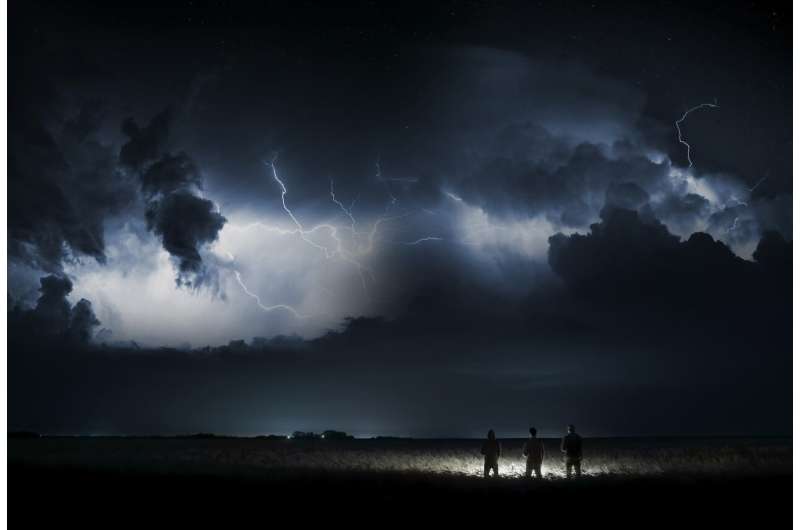Advances and challenges in understanding compound weather and climate extremes

In the context of global warming, many extremes, such as heat waves, heavy precipitation, and droughts, have become increasingly frequent and intense, as expected theoretically. Somewhat unexpectedly, these extremes have also exhibited tightened linkage in both time and space, constituting compound weather and climate extremes with larger impacts.
During the past decade, compound events received considerable attention, with much progress in event typology, impacts, changes and risks already made.
A study led by Prof. Zengchao Hao (College of Water Sciences, Beijing Normal University) and Prof. Yang Chen (State Key Laboratory of Severe Weather, Chinese Academy of Meteorological Sciences) explores more than a dozen recent compound events. The paper is published in the journal Science China Earth Sciences.
By synthesizing nearly 350 peer-reviewed papers, the authors thoroughly documented definitions and impacts, physical mechanisms, and historical/future changes as well as attribution evidence with respect to 13 reported and relatively well-studied compound events. Some of these events are specific to East Asian monsoonal regions.
They also pointed out deficiencies and gaps in existing studies on each of these events. At the end of the review, they attempted to identify data and methodological challenges common to the field and came up with outlooks on the future directions of the emerging topic.
More specifically, they laid out their review by order of definition, mechanisms, changes, and attribution. For each of the reviewed events, the authors adopted an impact-centric approach to introduce the definition by illustrating how the fashion of compounding aggregated and amplified impacts. Distinct from previous reviews on some types of compound events focusing largely on long-term changes, the new review assigned a large volume of space to the underlying physical processes, especially from the dynamic (including monsoon dynamics) and multi-sphere interactive perspectives.
…click on the above link to read the rest of the article…